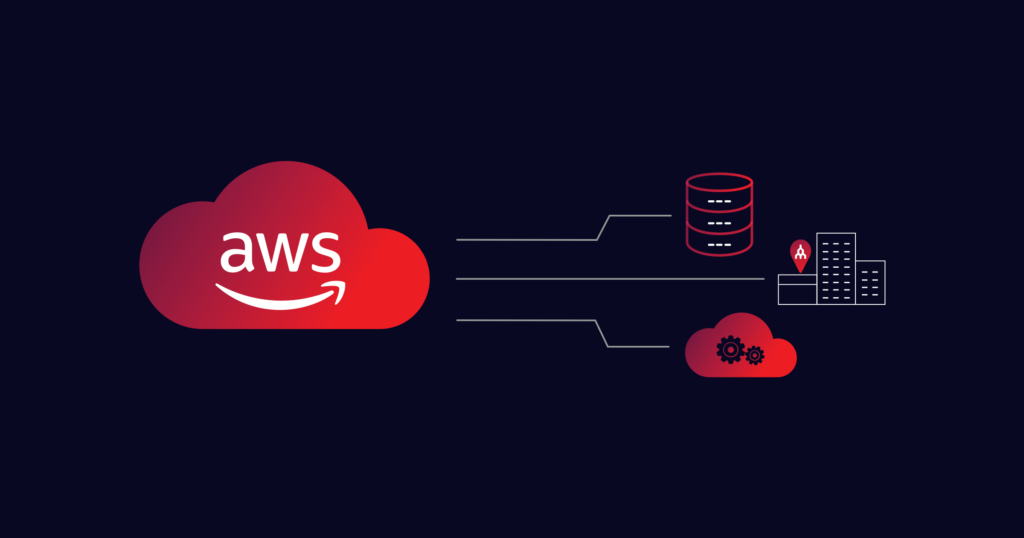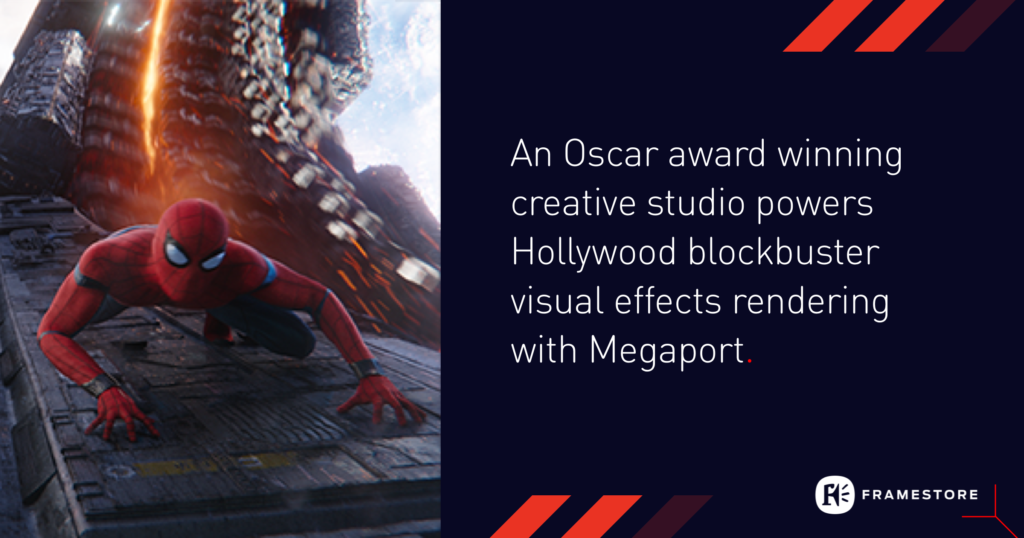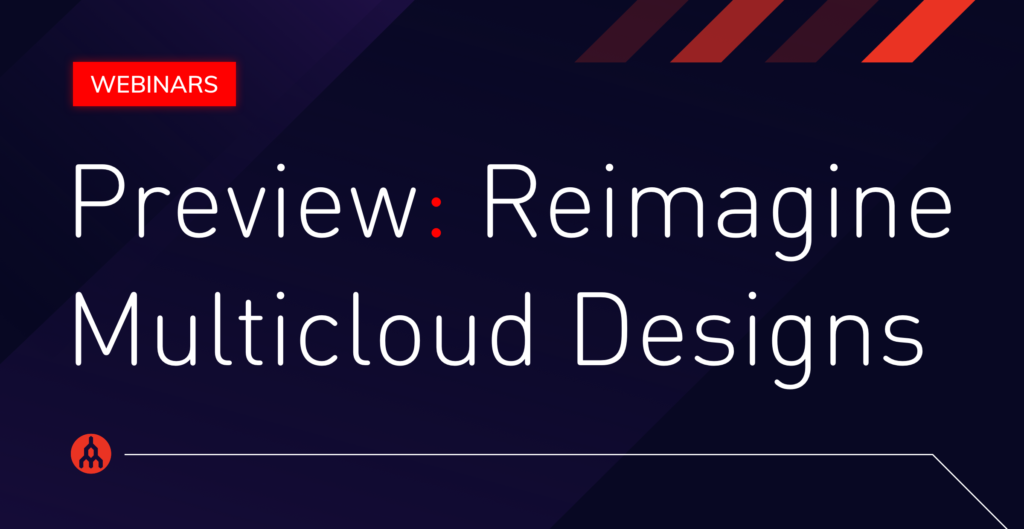
Webinar Transcript: Solving Application Modernization Challenges with AWS
- April 30, 2021
AWS, Cavern Technologies, Effectual, and Megaport recently held a webinar to discuss solving application modernization challenges with AWS. Learn more about how these companies work together to help enterprises migrate and modernize applications in the cloud.
AWS, Cavern Technologies, Effectual, and Megaport recently held a webinar to discuss solving application modernization challenges in the cloud. We’ve provided edited transcript excerpts from the webinar below, as well as the the link to where you can register to watch the event in its entirety.
The presenters were:
Sean Khurana, President of Cavern Technologies
Jason Rook, Global Modernization Lead, AWS
Tom Spalding, CTO, Effectual
Les Thomas, Solutions Architect, Megaport
On getting started with application modernization with AWS
Rook, AWS: So how do customers kind of start on a modernization journey? Well, I think the one thing to realize is that no customer’s modernization journey is the same, but for the most part, unless you’re lucky enough to be a born in the cloud or a digital native… or the most part, customers start with some type of an on-premises footprint.
So whether they have their own data center or servers in a closet somewhere, they’ve got applications and services that are running on their own on-premises footprint. Most customers start with, “Hey, I’m going to kind of start down this modernization path.” And the first step is to get some of that infrastructure stuff running in the cloud. So what we see as kind of the most common first step is this idea of lift and shift. So I’m gonna take my apps and I’m gonna move them to the cloud. And what we see after that point is, as customers start to get more applications running in the cloud and more familiarity, what they start to do is they start to right-size, start to optimize. They start to build scripts and automation. We start to look at their overall portfolio and manipulate their portfolio to gain efficiencies of scale.
And they…get to a point where they’re more what we’ll call optimized. And in AWS, most of that infrastructure service is running on what we call EC2, but we see this point all along the journey where the customer really starts to become familiar with cloud and they become a little bit more optimized. And then what happens from that point is the customers start to kind of look at, “how can I embrace more cloud-native services?” So how can I start to replace some of that stuff that I lifted and shifted with things that are more tuned and designed for the cloud? So, a common example is a customer might have a large monolithic application. They start to decompose it and reconstruct it with microservices. We see customers that then kind of take what they’ve moved from a lift-and-shift fashion, and start to use container services.
Some customers start to take their entire DevOps culture and processes and tools and map them across their entire organization. But what you’ll see here is…that correlation between innovation and cost, as innovation continues to go up, what we see is the cost of compute go down.
On how Effectual helps customers manage the modernization journey
Spalding, Effectual: …Effectual is a professional services and managed services provider specifically geared towards Amazon Web Services and the collaboration between VMware and AWS there, the VMware cloud on AWS product offering. And Effectual brings kind of a cloud-first, security-first approach to enabling that modernization for you…
Learn more about Effectual’s cloud-first managed and professional services.
One of the first drivers of modernization tends to come from the developers. They see all these wonderful tools that they have available to them, the incredible building blocks that Amazon is developing and making available to them. But modernization goes beyond just the tooling and beyond just the technical capabilities. There’s a people [aspect] and there’s a process aspect here…
Developers are going out and start throwing out words like containers, like serverless, like Lambda, like all the amazing capabilities that Jason just walked us through, but that can be terrifying for the operations team and even more so for the security team.
So what we need to do, and what Effectual comes in to help our customers do, is reconcile these differences between these business units, between these organizations, between these stakeholders, so that a modernization journey brings everyone to the starting line together…
On Cavern’s underground facility
Khurana, Cavern Technologies: We are actually a mysterious-looking underground facility in Kansas City, 125 feet below ground. So what this does is gives you a bunker-like mentality as you go in—very secure facility. That’s become one of the big reasons why Cavern has been able to succeed in the last 13, 14 years of existence.
Learn more about Cavern Technologies’ next-generation data center.
We have become the primary destination for financial services for healthcare technology firms, and [we’re] really blessed to have a continued growth that is extraordinary from a colocation perspective. The second thing that’s special about Cavern is that we do private suites. So we don’t do cages, which is kind of a unique statement to make for a colocation facility. Typically what you would expect in a colocation facility is cages. We in fact, do private suites only…
Our capex is low because we are an underground facility. Our temperatures are maintained to a certain range, and our build-out is lower because we’ve got this natural cover above us. So we’re able to pass that on to our customers and provide customized private suites to them, which makes us also very attractive to most of our customers.
On Megaport’s private backbone advantage over traditional carriers
Thomas, Megaport: We’ve connected all of these data centers together on a global backbone, and we’ve also connected that backbone into the pairing locations of the major cloud providers. So we’ve set up our services to mimic the contract terms of cloud providers like AWS, so everything’s on a pay-as-you-go basis. No long-term contracts—everything will be spun up and spun down in terms of the connectivity. And it’s in your control. We have an easy-to-use, web-based portal. It’s all…point and click, nobody has to learn any code or a command-line interface. Because we have a private backbone between the data centers and into the cloud providers, everything stays on our private network and your traffic never hits the public internet, which is going to give you an added layer of security versus an internet VPN.
If you’re in the Cavern data center and you don’t use something like Megaport, you’re going to be using the traditional method. That means getting a last-mile circuit from a carrier, which means you’re going to be into a term contract at least one year. You’re going to have that installation interval, which can be anywhere [between] 30, 45, 60 business days from the time you order to the time it’s implemented. And you’re not going to be able to scale that bandwidth up and down; if you want to change from, say, one gig to two gigs, you’re going to have to put in a new order, it goes into their provisioning system, and maybe if you’re lucky, in a couple of weeks, you’ll get that turned up. And of course, most carriers don’t let you decrease your bandwidth. With Megaport, you’ve got that full flexibility and scalability, and that’s through our portal.
Watch the full webinar
REGISTER AND WATCH HERE: Solving Application Modernization with AWS, Cavern Technologies, Effectual, and Megaport


